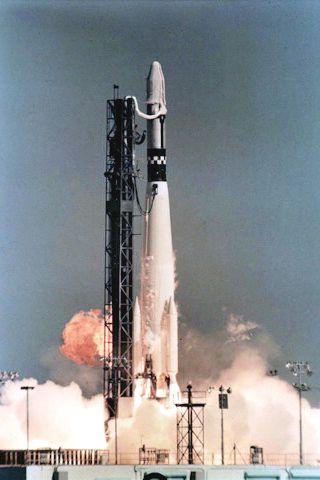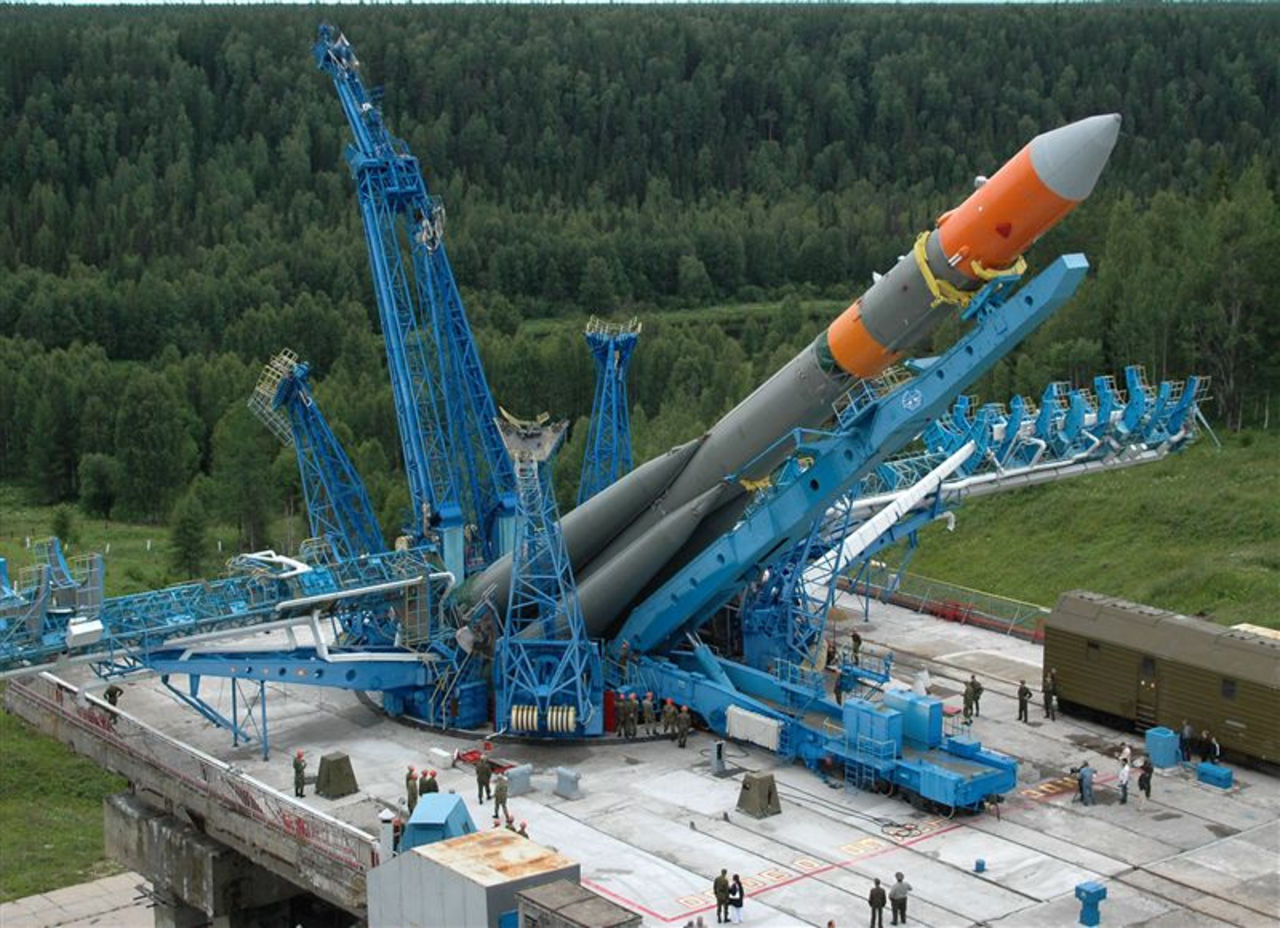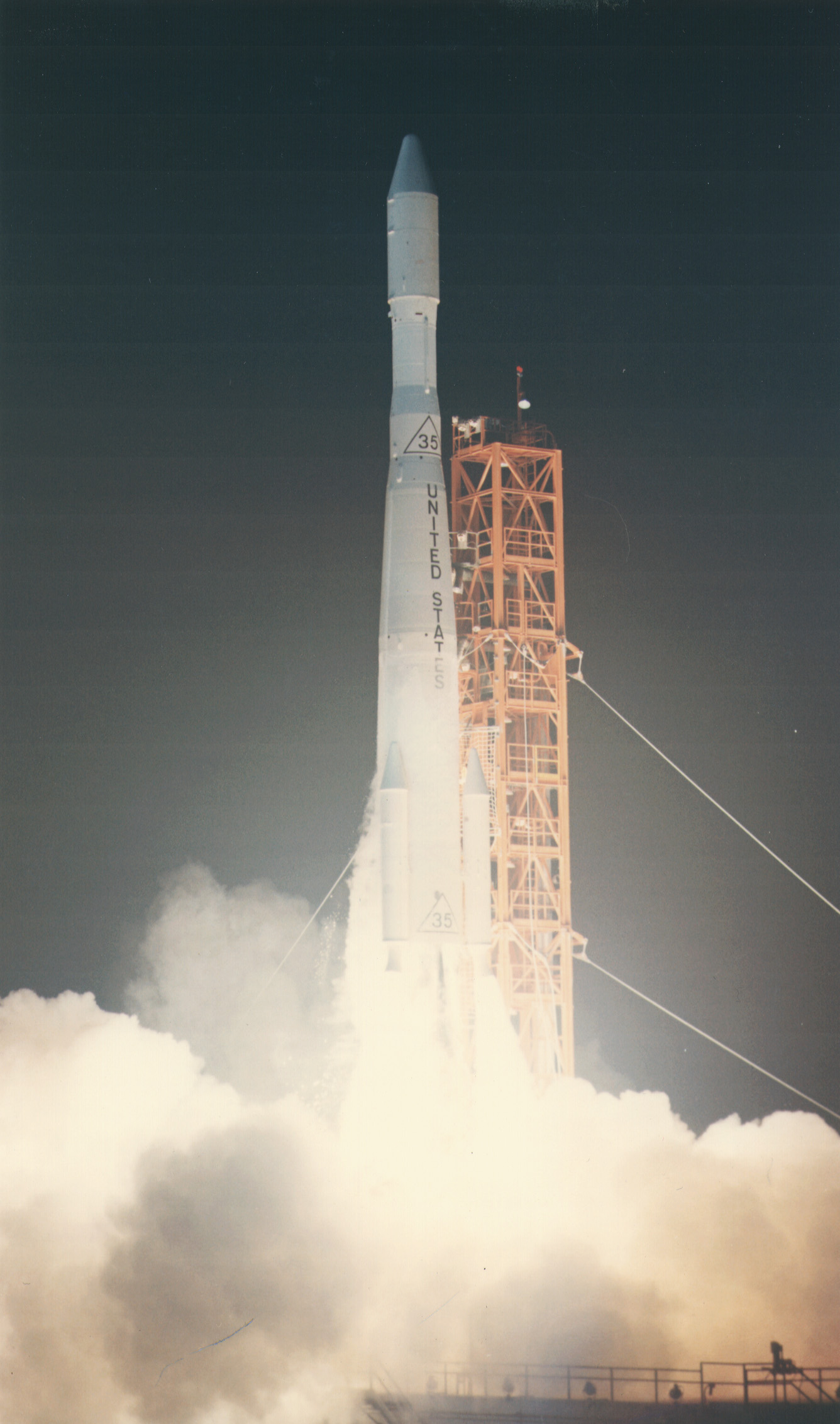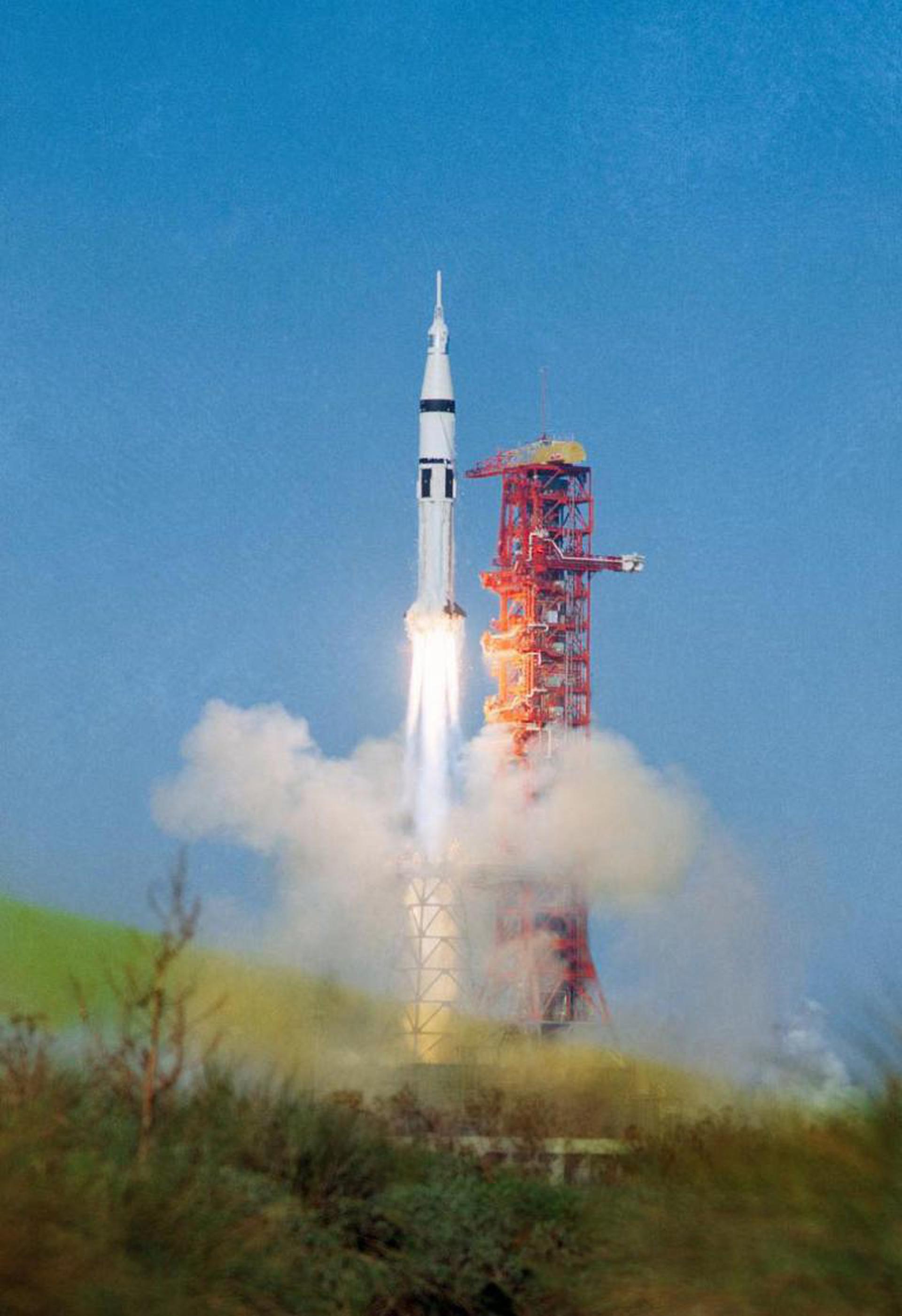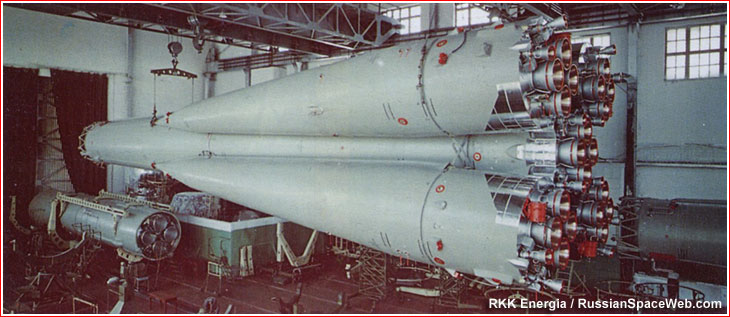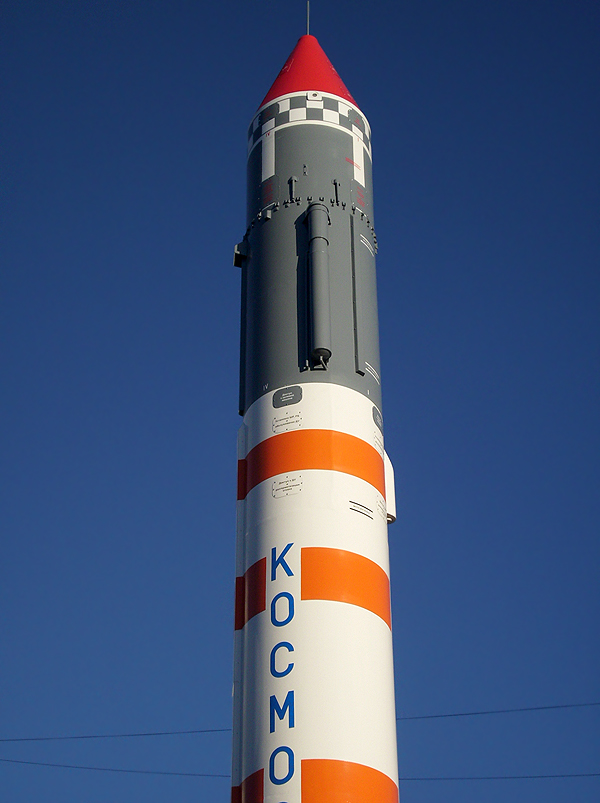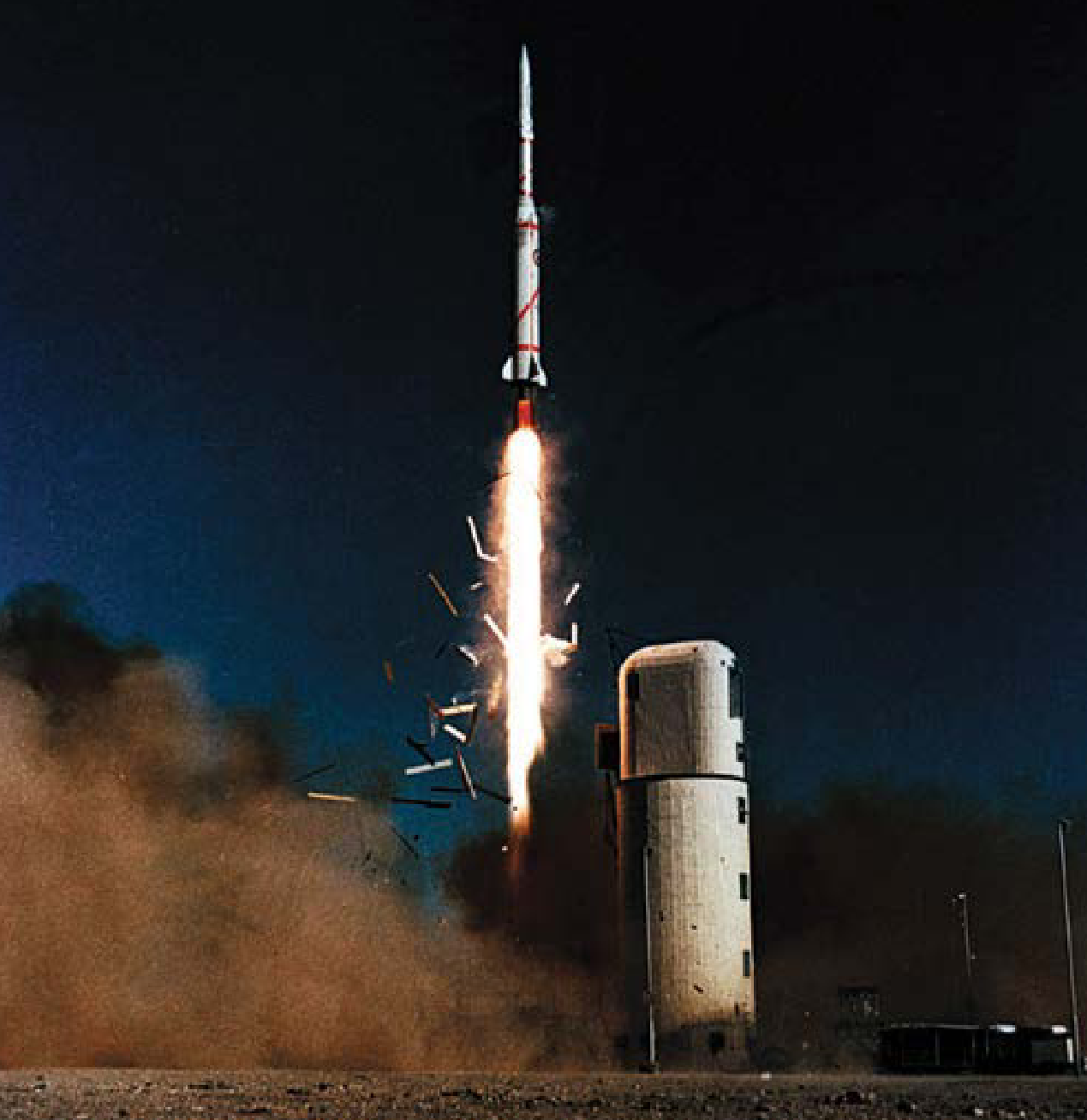Previous Spaceflight Launches
Filter by Agency, Locations or Vehicles
Show All LaunchesThor SLV-2A Agena D | KH-4A 30
McDonnell Douglas | United States of AmericaVandenberg SFB, CA, USA
March 9, 1966, 10:02 p.m.
Molniya-M | Luna-10a
Russian Space Forces | RussiaBaikonur Cosmodrome, Republic of Kazakhstan
March 1, 1966, 11:03 a.m.
Thor Delta E | ESSA 2
McDonnell Douglas | United States of AmericaCape Canaveral SFS, FL, USA
Feb. 28, 1966, 1:58 p.m.
Saturn IB | Apollo AS-201
National Aeronautics and Space Administration | United States of AmericaCape Canaveral SFS, FL, USA
Feb. 26, 1966, 4:12 p.m.
Voskhod | Voskhod-3KV 3
Soviet Space Program | RussiaBaikonur Cosmodrome, Republic of Kazakhstan
Feb. 22, 1966, 8:09 p.m.
Kosmos-2I 63S1 | DS-K-40 2
Strategic Rocket Forces | RussiaKapustin Yar, Russian Federation
Feb. 21, 1966, 1:30 p.m.
Voskhod | Zenit-4 15
Soviet Space Program | RussiaBaikonur Cosmodrome, Republic of Kazakhstan
Feb. 19, 1966, 8:49 a.m.
Diamant A | Diapason D-1A
Société d'étude et de réalisation d'engins balistiques | FranceInterarmy Special Vehicles Test Centre, French Algeria
Feb. 17, 1966, 8:33 a.m.
Atlas SLV-3 Agena D | KH-7 25
Convair | United States of AmericaVandenberg SFB, CA, USA
Feb. 15, 1966, 8:30 p.m.
Status: Launch Successful
Mission:
The Program 206 satellite, carrying the KH-7 (Keyhole 7) camera system (codenamed Gambit-1), was the first successful high resolution space reconnaissance program. It was managed by NRO's Program A, the USAF-led segment of the National Reconnaissance Program managed from Los Angeles AFB in El Segundo, California.
Sun-Synchronous OrbitKosmos-2I 63S1 | DS-U1-G 1
Strategic Rocket Forces | RussiaKapustin Yar, Russian Federation
Feb. 11, 1966, 6 p.m.
